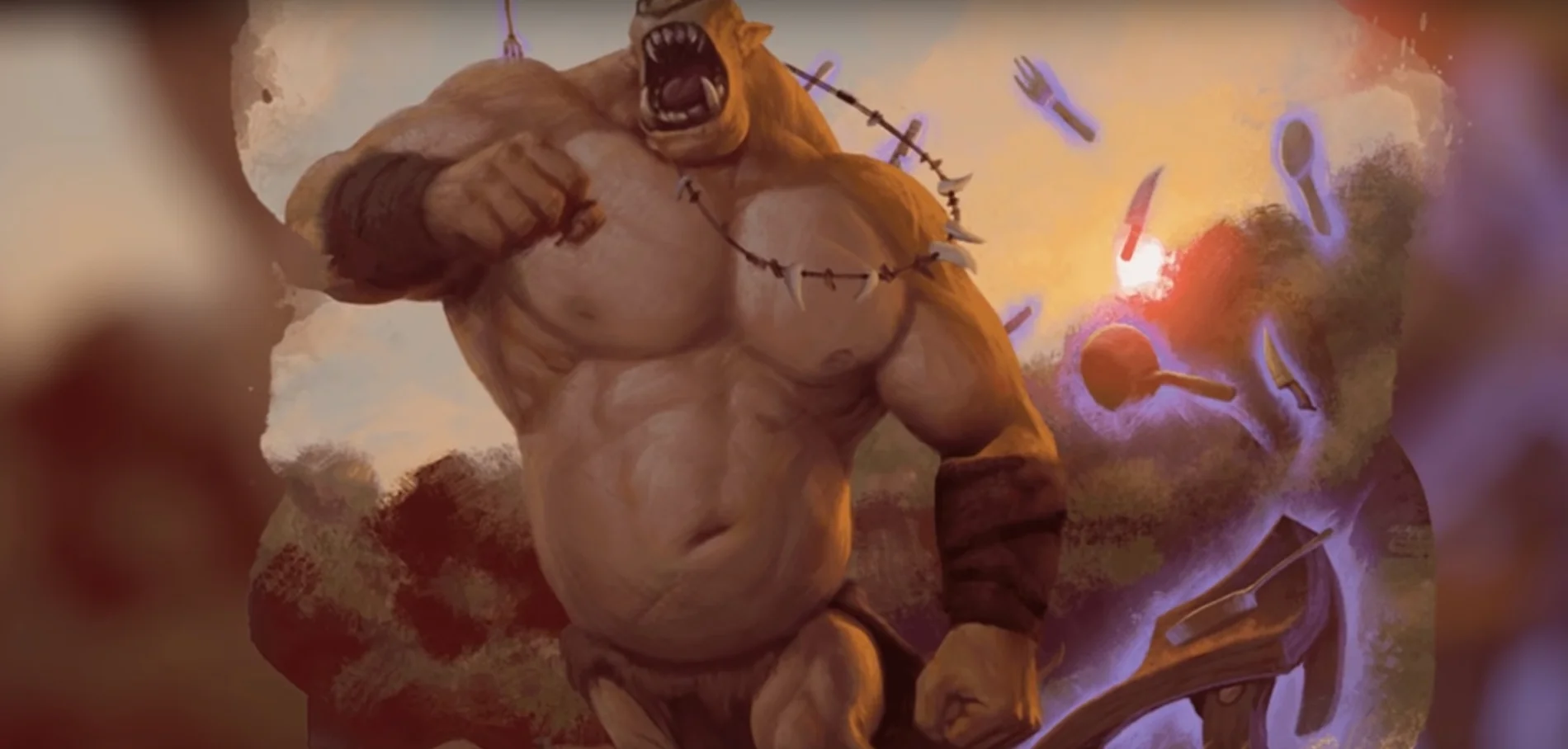Dungeons and Dragons is always evolving, and part of that is because of the near-continuous stream of new playable races, classes, and subclasses. Recently, Wizards of the Coast released a handful of new subclasses focused on the Bard, Cleric, and Sorcerer classes.
The first of these that we’ll discuss here is the new Bard subclass, the College of Creation. Upon reaching level 3, Bards are given the opportunity to choose their college, which radically decides the direction that they’ll be going in. The differences between a College of Swords, College of Whispers, and College of Swords Bard are so vast that they can feel like completely different classes altogether.
This newest College is focused on using your Bardic art to influence the will of creation, manifesting an embodiment of your own will. Creation Bards receive new features at the third, sixth, and fourteenth levels of their class, each focused on this theme of creation.
At level three, Creation Bards can create a Note of Possibility when using their Bardic Inspiration ability, which places an intangible and untargetable floating note around the target of the Inspiration ability. The mote will last as long as the Inspiration does, and can be expended by the controller in the following ways:
- Note of Destruction, which allows the user to create a burst of sound, forcing creatures within 5 feet to succeed a Constitution saving throw or take thunder damage equal to the number rolled on the Bardic Inspiration die.
- Note of Protection, which allows the user to gain temporary hit points equal to the number rolled on the Inspiration die + the Bard’s charisma modifier (note: does not stack with other sources of temporary hitpoints).
- Note of Ingenuity, which allows the player to roll the Inspiration die again and choose which roll they would like to use – similar to a minor Luck point.
Challenging your players at higher levels is more than just picking a higher CR monster. @DungeonCommandr has suggestions and tools you can use to provide that engagement in all aspects of a D&D game! https://t.co/00HUFArnZT #dnd
— D&D Beyond (@DnDBeyond) February 19, 2020
The sixth level feature, Animating Performance, allows the Creation Bard to instill animation into a Large or smaller non-magical object of their choosing. This item shares the Bard’s initiative count, taking their turn immediately afterwards. This item can only take the Dodge action unless the Bard uses their bonus action to allow the Dancing Item to take one of the actions explained on the stat block, which you can read here.
At level fourteen, Creation Bards receive access to the performance of Creation, which allows them to will a nonmagical item into an unoccupied space on a surface that can support it. There are restrictions – the item can’t be worth more than 20 times the Bard’s level and must be large or smaller – and only one item created this way can exist at a time. Bards that focus on this creation for a minute or more then have the item exist for an amount of hours equal to their Bard level, rather than disappearing at the end of their turn.
It’s fantastic to see such a fun amount of versatility being offered to Bards, which many in the D&D community often consider to be one of the weaker classes, next to Ranger. Hopefully, the College of Creation leads to some interesting and memorable gameplay moments as players test it through the Unearthed Arcana.







